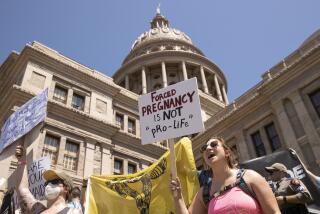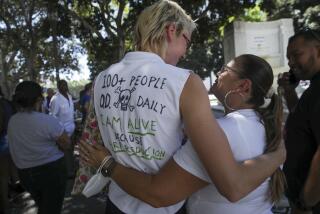Alcohol death toll is growing, CDC reports say

NEW YORK — The U.S. mortality rate directly attributable to alcohol rose 26% during the first year of the COVID-19 pandemic, according to new government data.
The Centers for Disease Control and Prevention had already said the overall number of alcohol-related deaths rose in 2020 and 2021. Two reports from the CDC this week provide further details on which groups have the highest death rates and which states are seeing the largest numbers.
“Alcohol is often overlooked” as a public health problem, said Marissa Esser, who leads the CDC’s alcohol program. “But it is a leading preventable cause of death.”
A report released Friday by the CDC’s National Center for Health Statistics focused on more than a dozen kinds of “alcohol-induced” deaths that were wholly blamed on drinking. Examples include alcohol-caused liver or pancreas failure, alcohol poisoning, withdrawal and certain other diseases. There were more than 52,000 such deaths last year, up from 39,000 in 2019.
The rate of such deaths had been increasing in the two decades before the pandemic, by 7% or less each year.
Then in 2020, they jumped 26%, to about 13 deaths per 100,000 Americans. That’s the highest rate recorded in at least 40 years, said the study’s lead author, Merianne Spencer.
Such deaths are 2½ times more common among men than women, but they rose for both groups in 2020, the study found. The mortality rate continued to be highest for people ages 55 to 64, but it rose dramatically for certain other groups, including a 42% jump among women ages 35 to 44.
UCLA, USC and hospitals nationwide are treating more patients for alcoholic hepatitis, cirrhosis and other conditions amid COVID-19 shutdowns.
The second report, published this week in JAMA Network Open, looked at a wider range of deaths that could be linked to drinking, including motor vehicle accidents, suicides, falls and cancers.
More than 140,000 such alcohol-related deaths occur annually, based on data from 2015 to 2019, the researchers said. About 82,000 of those deaths are from drinking too much over a long period of time and 58,000 are from causes tied to acute intoxication, they added.
The study found that as many as 1 in 8 deaths among U.S. adults ages 20 to 64 were alcohol-related deaths. New Mexico was the state with the highest percentage of alcohol-related deaths, at 22%. Mississippi had the lowest, at 9%
Excessive drinking is associated with chronic health problems such as liver cancer, high blood pressure, stroke and heart disease. Drinking by pregnant women can lead to miscarriage, stillbirth or birth defects. And health officials say alcohol is a factor in as many as one-third of serious falls among the elderly.
It’s also a risk to others from drunk driving or alcohol-fueled violence. Surveys suggest that more than half the alcohol sold in the U.S. is consumed during binge drinking episodes.
Americans are drinking more now than they were in 1920, when Prohibition was enacted. It’s been rising for two decades, and it’s not clear when it will fall.
Even before the pandemic, U.S. alcohol consumption was trending up, and Americans were drinking more than when Prohibition was enacted. But deaths may have increased since the COVID-19 pandemic began for several reasons, including the fact that people with alcohol-related illnesses may have had more trouble getting medical care, Esser said.
The research points to a need to find ways to reduce alcohol consumption, including increasing alcohol taxes and enacting measures that limit where people can buy beer, wine and liquor, she added.







